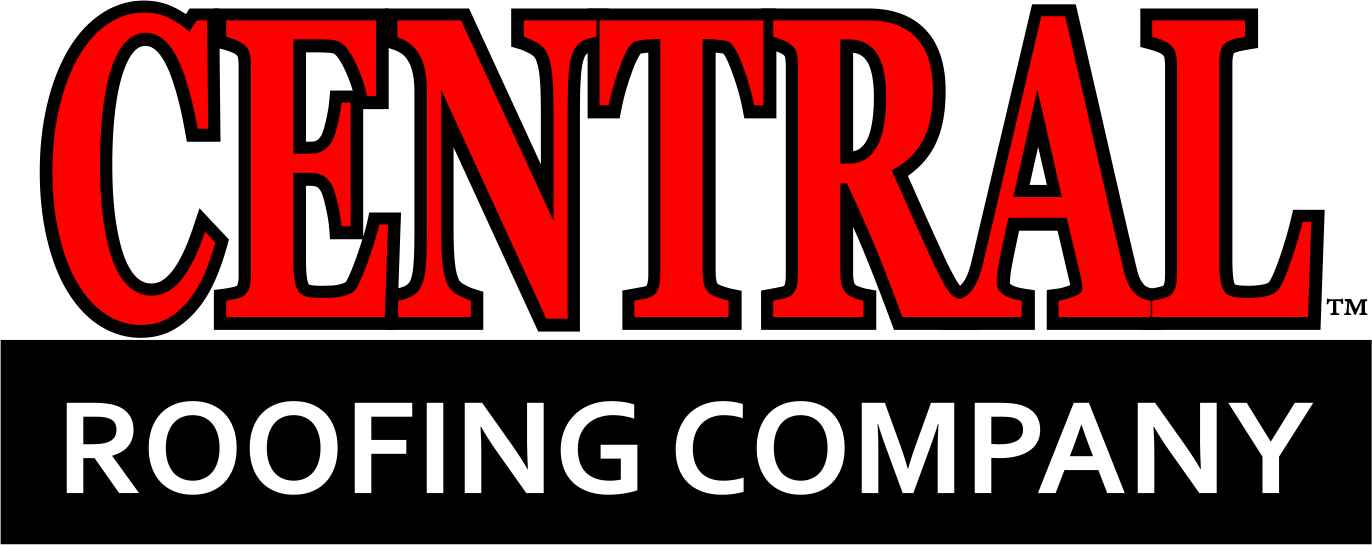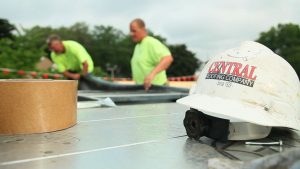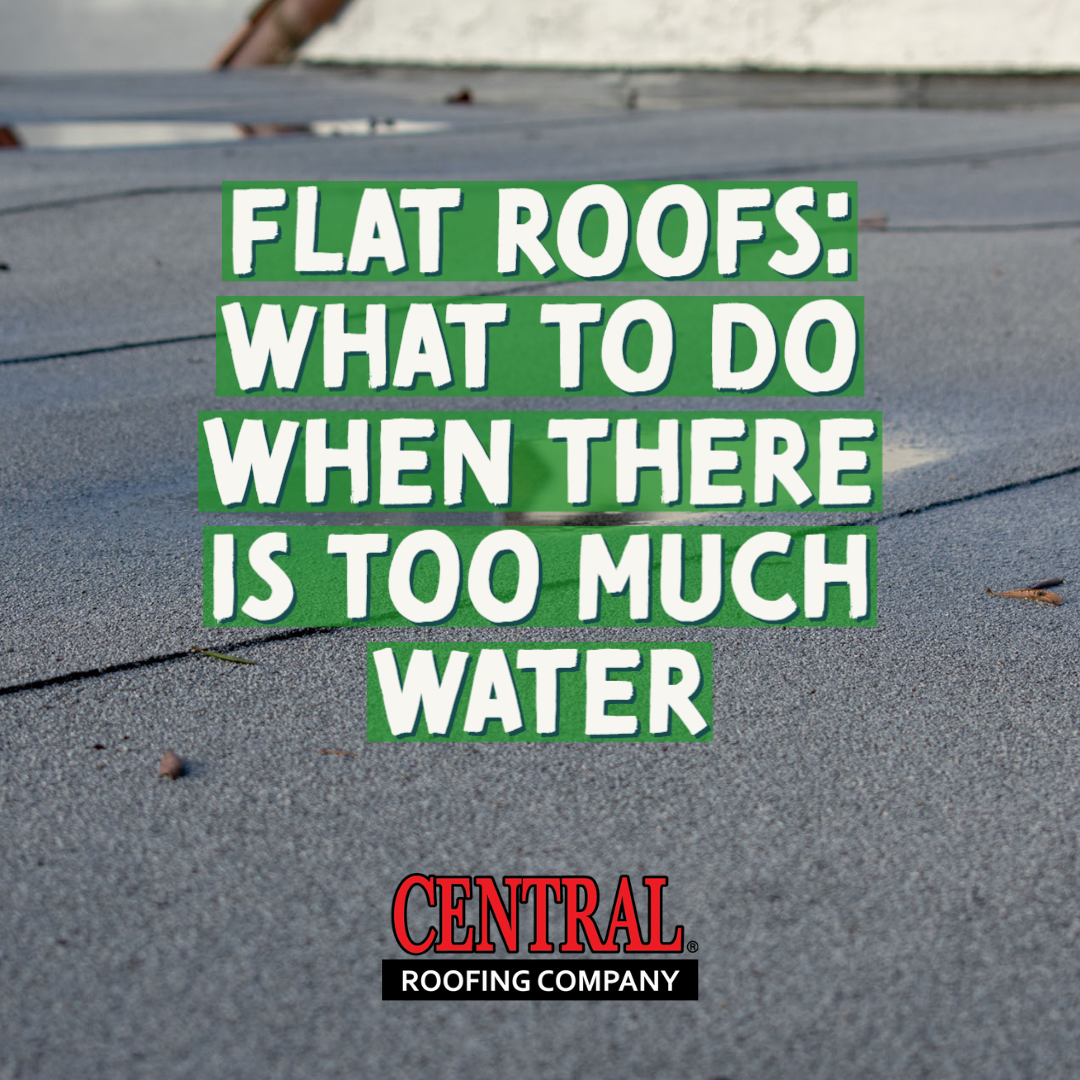How Your Roof’s Color Can Affect Energy Efficiency
There are many things you can do to make your home more energy efficient. You can make sure your windows and doors are properly insulated, for example. One thing that many people do not realize is that the color of the roof can have an impact on a building’s efficiency. It makes sense, since from Kindergarten we have been taught that dark colors absorb heat, and lighter colors reflect it. A roof is no different.
Principles of Heat Flow
There are a couple of principles of heat flow that are relevant to the material from which a roof is made, and the color of the roof. First, there is solar reflectivity, which is how well a material will reflect the energy from the sun. The other is thermal emissivity, which is how well a material will shed heat.
How It Affects Energy Efficiency
Building standards are meant to make buildings more energy efficient and reduce their environmental impact. These standards regard any extra heat as unwanted. Even though heat is good in the colder months, air conditioning is less energy efficient than heating. When it comes to extra heat, it can warm the air surrounding the building. There is a commonly held belief that if a cluster of buildings all have dark roofs, then the air in the immediate area will get warmer as well.
The hotter the building, the harder the air conditioning has to work even harder to keep everyone inside a building comfortable. Heat will be coming not just from the roof, but also through windows and doors, and through the vents. Extra energy does not just affect the environment, but also the building owner’s budget.
Construction Methods
The construction industry has methods to know how well a roof will absorb or reflect energy and heat. Depending on the material and the color, they can calculate how efficient will be based on certain standards and plugging them into a formula. That way they can build an appropriate roof for the climate.
Roofing materials with the proper ratings for the climate will make sure that the heat will be reflected or absorbed to find the perfect balance between comfort and energy efficiency.






